What Was The Purpose For Wearing Makeup In The 1900's
What Women Used For Makeup 100 Years Ago
Makeup seems to take been effectually forever, but the 1910s were a turning indicate in cosmetic use for women. The Edwardian menses, which lasted from 1900 until 1910, idealized stake skin and the advent of youth, but also held onto the notion that makeup was for the stage and women of ill repute. Ordinary women definitely wore makeup, merely denied that they were doing and then, utilizing home remedies to accomplish contraction-free faces, tiny waists, and firm skin. "The aim was not to attract attending," says Ashley Miller of Flea Market Insiders, "simply to heighten natural beauty and to make women look young and good for you."
The look of the 1910s was quiet sophistication: powder for the much desired stake skin, eyeshadow (which came in a paste), and a lip stain, which was supposed to announced as spare as possible. Every bit the decade progressed, the obvious employ makeup became more acceptable, every bit new products were developed and marketed, merely women continued to use cosmetics with questionable elements, both considering they were available, and because the side effects were not yet known.
The makeup used 100 years agone might surprise you, just you also will probable recognize some names and ingredients.
Lemon juice
Throughout the Elizabethan era, the Victorian age and onto into 1900s, stake skin was an indication of a life of wealth and leisure, whereas tan skin was associated with being of a lower class (totally not racist at all), so women went to intense measures to make sure their skin was equally pale equally possible.
Lemon juice was wildly popularly, according to Shara Strand, a New York City makeup artist with her own line of mineral-based cosmetics. Women used information technology, in conjunction with other tonics such equally rum, vinegar, and glycerin, to lighten their peel, and also to remove sunburns.
Lemon is still used to lighten and brighten skin today, and it'due south definitely not as insane an ingredient as some of the other things on this listing, but at the time it was a big departure from the makeup women had been using until the early 1900s, which contained elements like atomic number 82 and could literally kill yous.
Vaseline
What trouble does Vaseline not solve? You can use petroleum jelly (or "wonder jelly," as it was called when outset patented in 1865) to get polish peel, relieve chapped lips, remove your makeup, protect cuts and burns, and even get makeup stains off clothing.
In 1917, pharmacist T.50. Williams developed Maybelline mascara after watching his sis, Mabel, blend Vaseline with coal dust every bit a means of dyeing her lashes. "Maybelline" comes from combining "Vaseline" with the proper noun Mabel.
Crushed insects
Yeah, yous read that correctly. Lipstick became popular in the early on 1910s, when leaders of the suffragette movement such as Elizabeth Cady Stanton and Charlotte Perkins Gilman, started wearing lip rouge at rallies, associating information technology with women's emancipation and female rebellion.
"The main ingredient of red colored lip stain was carmine, which is made out of cochineal insects," says Ashley Miller, a vintage makeup and mode expert and an editor at Flea Market place Insiders,"Then reddish is substantially the claret of crushed lice, which sounds disgusting simply is withal used as a makeup ingredient today."
According to Miller, lipstick prototypes in the 1900s were fabricated from castor oil, stag fat, beeswax, and of course, carmine. The lipstick state of affairs improved after World War I, when constructed chemicals immune for a more natural expect that miraculously didn't rot.
Henna
Women had been utilizing henna, the dye prepared from the flowering henna plant found in northern Africa, western and south asia, and Australasia, for hair dye and body art, since the late Bronze age. Throughout the Edwardian era, women applied henna to their hair via a toothbrush to accomplish various shades of scarlet colour.
In 1914, Vogue featured an article on Turkish women using henna to outline their eyes, and the "discovery" (which women outside the U.S. had actually known about for centuries) prompted the creation of commercial eyeshadow, which was sold by the Max Factor company.
Rouge
Before the 1920s, the term "makeup" was reserved for actors, since everyday women were not exactly supposed to be obvious most wearing it. Yet, rouge was super popular throughout the 1910s, a staple which y'all were then supposed to fervently deny that y'all owned.
Until the later part of the decade, the idea of pale skin dominated, merely cheek pinching was also a favored method of maintaining an appearance of youth and vitality. Of class, you lot couldn't become besides far, lest people call back you were painting your face. Rouge pots were tiny and easy to hibernate and came with blotting papers, merely the almost daring women went to cosmetic counters, where they created dyes to utilize to their cheeks. Margaret Mixterr's 1910 book, Health and Dazzler Hints, included a recipe for homemade rouge.
Deadly nightshade
Belladonna, a plant also known equally deadly nightshade, isn't e'er deadly. It contains chemicals that can block functions of the body's nervous system, and it's used as a sedative as well as a painkiller, and in various ointments. It's in eye drops used to achieve dilation, but information technology has to be prescribed by a doctor and not used super casually and on the regular.
In the 1910s, women sought it out in order to dilate their pupils and make their eyes look softer and darker, a practise that can exist traced to Italia. Belladonna'southward extract, atropa belladonna, is super poisonous and prolonged usage can result in blurred vision, rapid heartbeat, vomiting, hallucinations, and other stuff you don't want.
Benzoin
In Mixter'south 1910 book on health and beauty, she recommends a "magic potion" for getting rid of wrinkles. "Add a dram or ii of gelatine, along with two drops of tincture of benzoin and a few drops of attar of rose to an ounce of rosewater. Pour into a jar. Leave until fix in a jelly. Use this to the outer corners of your eyes morning and night!"
While this might sound very organic and lovely, benzoin, a kind of tree sap, is no joke. Benzoin is just intended for topical apply, to protect minor cuts from infection, so y'all are definitely not supposed to apply it in or around your eyes, or apply it for an extended period of fourth dimension (say, morning and night, regularly). It tin can crusade burning or redness, and even more dramatic reactions, similar dizziness and swelling. In other words, don't use benzoin without a doctor's recommendation and supervision.
Worst freckle removers
It wasn't only pale pare that was fetishized during the early 1900s, merely clear peel too. That meant doing whatever it took to eradicate basically anything on your face that wasn't skin, specially freckles. Women used home remedies, which included delightful ingredients such as lactic acid, vinegar, sour milk, and horseradish.
If these didn't succeed in alleviating your freckle problem, doctors recommended hydrochloric acid, ammonium, hydrogen peroxide, and freckle creams, like Dr. C.H. Berry's Freckle Ointment (used past Amelia Earhart). These creams independent as much as 15 per centum mercury.
Mercury poisoning, which can occur if yous're applying mercury to your face on the regular, can cause muscle atrophy, a subtract in cognitive function, insomnia, and more awful symptoms. Information technology wasn't until 1938 that the FDA caught on to the toxicity in these creams and reduced the corporeality to less than five percent.
Radium
Radium is a neat thought in some contexts — treating cancer, for case. Bad ideas for radium on the other mitt, include putting into everything, including condoms and makeup.
Afterwards radium'southward discovery in 1898, people decided it would have luminous effects on the body, and in 1917 a London company called Radior started producing a line of makeup and toiletries with radium in them, including soap, rouge, face pulverisation, and fifty-fifty pads you lot could strap to your confront that were supposed to make your wrinkles disappear. The search for a complexion that literally glowed continued into the 1920s, with a radioactive mud, like Kemolite Radio-Agile Beauty Plasma.
Things started get due south for the radium party in 1925, when a new disease chosen "radium necrosis" appeared in a New York Times headline. Five of the reported cases of the diseases, which basically rotted your jaw out your head, were in girls who ingested radium as role of their job in the Usa Radium Corporation in the early on 1910s.
Wax
Using wax to remove unwanted pilus dates back to aboriginal Egypt, but women in the early 1900s utilized numerous types of wax to practice more than go rid of hair.
It appeared in all sorts of homemade concoctions, such as those found in The Dudley Volume of Cookery and Household Recipes and A 2nd Dudley Book of Cookery and Other Recipes, nerveless by Georgina, Countess of Dudley in 1909 and 1912, respectively. You tin can find recipes for common cold cream and manus lotion, which both require white wax and beeswax.
Earlier mascara became an official thing, women would fifty-fifty apply beads of hot wax to the tips of their lashes to make them appear longer and fuller.
Borax
Borax is a naturally occurring mineral that's used in laundry detergent, hand soap, and other cleaning products, so why not put information technology on your face?
A recipe for face balm from The Dudley Book of Cookery and Household Recipes suggests combining "two tablespoonfuls of orange-bloom water (or elder-flower h2o), ii tablespoonfuls of rose water, nine grains of borax."
Borax is a pesticide, and can cause irritation to the skin. Long-term exposure to Borax's buddy, boric acid, tin effect in rashes, airsickness, ulcers, stomach pain, and more. Borax was also shown to cause "reproductive toxicity" in rodents, such as diminished levels of testosterone.
Spermaceti
Spermaceti is a wax-esque material found in the head of the sperm whale. Information technology is not, as information technology was one time idea to be, whale sperm. It has no smell or taste when congealed, and so it was used in all sorts of things during the whaling era and beyond, such as candles, textiles, and, you guessed it, makeup, specifically, common cold cream.
This recipe for almond common cold cream from Henley's Twentieth Century Formulas Recipes Processes calls for a combination of white wax, alcohol, water, almond oil, sweetness almonds, bergamot, and spermaceti, and is described as "troublesome to make and rather expensive."
A massage cream from 1910 also includes spermaceti, as well equally elderflower oil, witch hazel, and lanolin. The directions suggest you should use the cream to massage accordingly, especially "if you have a double chin or superfluous flesh, rub vigorously to habiliment away the fat by friction!!"
Rose water
Rose h2o has a long history of being used to care for inflammation and irritation, also as to hydrate and detoxify. It'due south however an ingredient in facial toners, moisturizers, and makeup removers today, and in Margaret Mixter's 1910 book on the beauty habits of Edwardian women, in that location's a recipe for an adhesive plaster that includes rose h2o. You can also find rose water used in the era's recipes for confront lotions and cold creams.
Beet juice
Beet stains can make a kitchen look like a murder scene, but in the 1900s the effulgence of the vegetable had a different purpose and it was all near makeup. Information technology was used as a blazon of blush, since it was seen as inappropriate to seek out the real thing, at least until around 1914, when Helena Rubenstein, Elizabeth Arden, and Max Cistron opened cosmetic counters and spas, making the industry socially acceptable. Beet juice was as well used to stain lips, and as an ingredient in early lipsticks.
Are we really meliorate off now?
While some of what women used in and as their makeup in the last century might seem like an obvious bad idea, consider what we now know about what's in the makeup we utilise every day, and how information technology's made. And even if nosotros're not slathering our faces in mercury (equally oft), the notion of cruelty gratis products is fairly new, labor practices in some laboratories are still abhorrent, and there are side effects associated with the long term use of some makeup.
While nosotros might be horrified at past dazzler trends and means of achieving them, consider what people might be saying virtually us and what we did to ourselves in the name of looking good in another 100 years.
Source: https://www.thelist.com/59712/women-used-makeup-100-years-ago/
Posted by: wardunty1992.blogspot.com


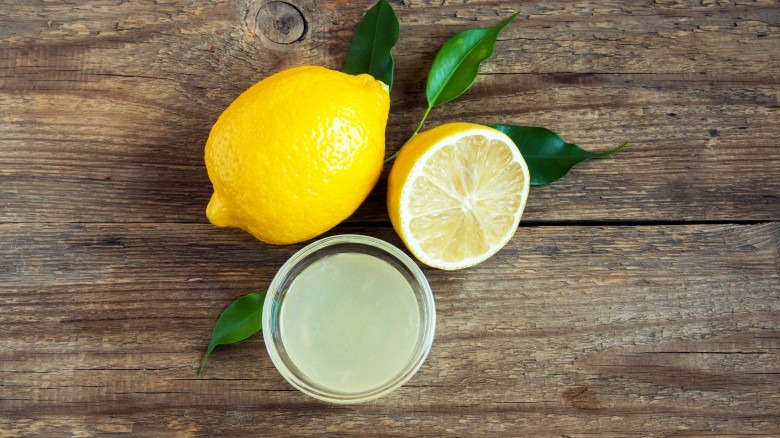
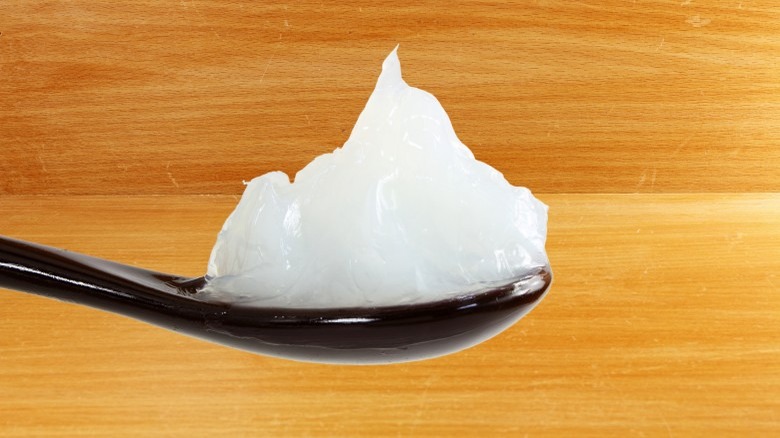
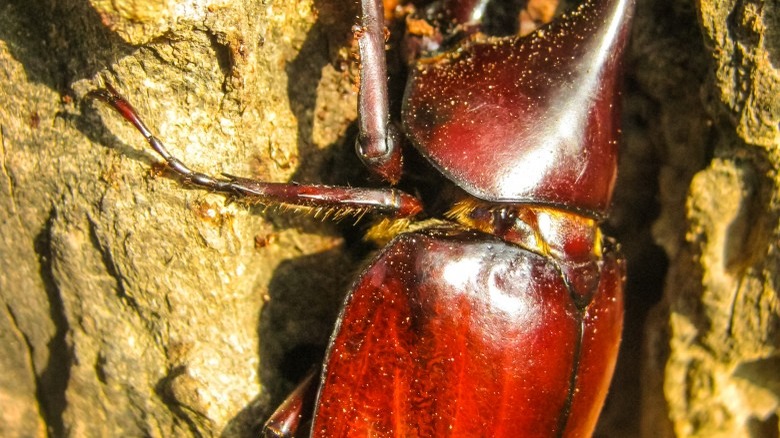
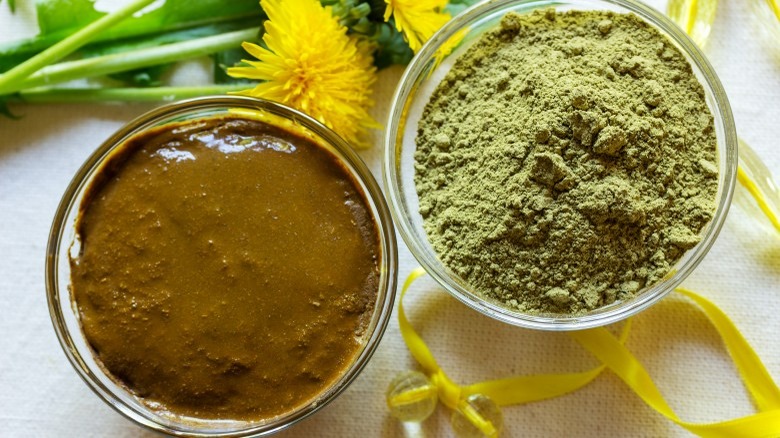
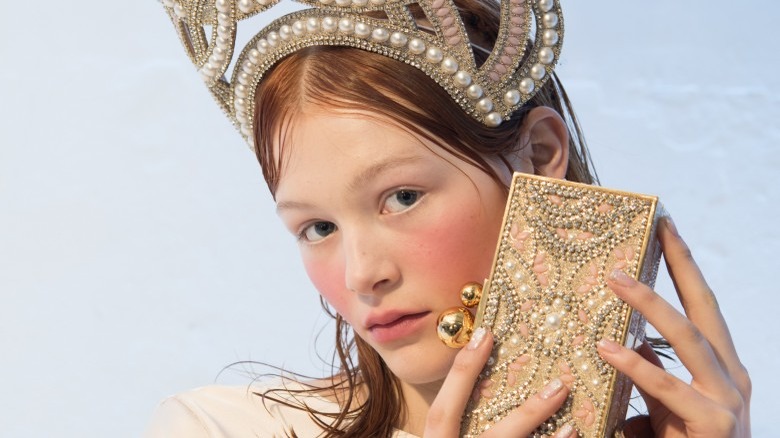

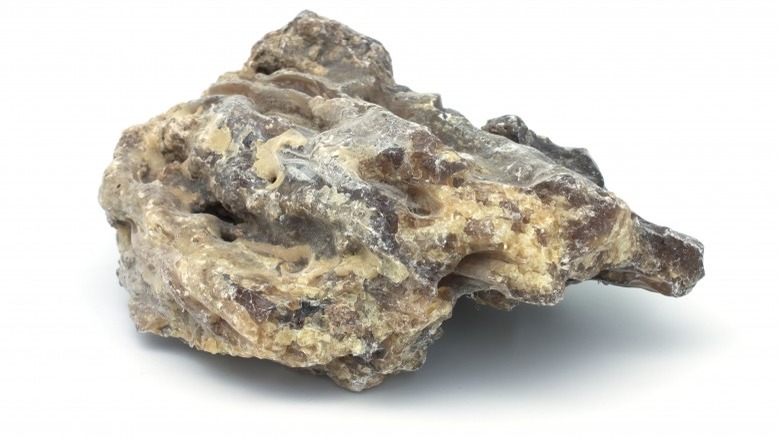
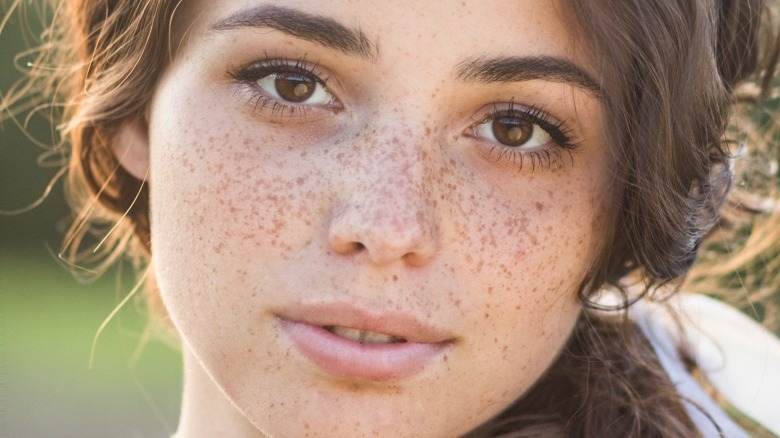

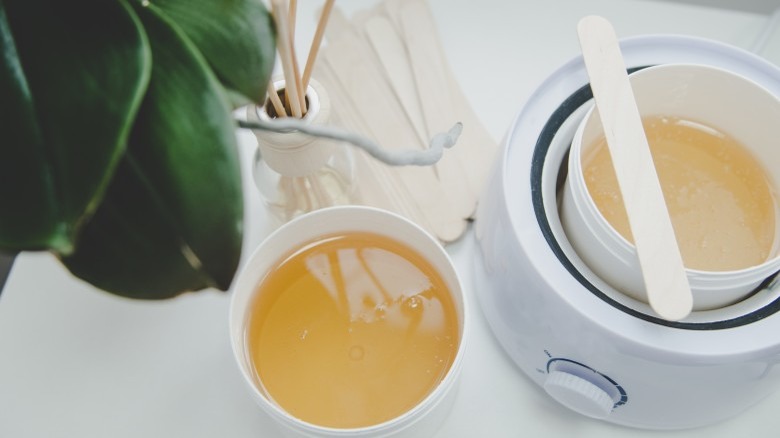
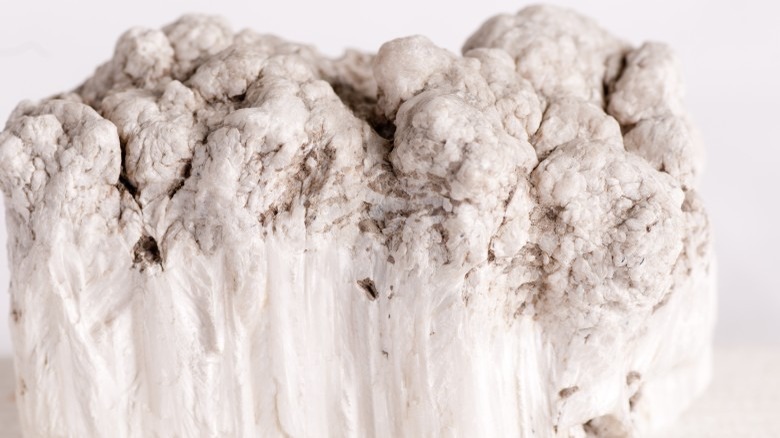

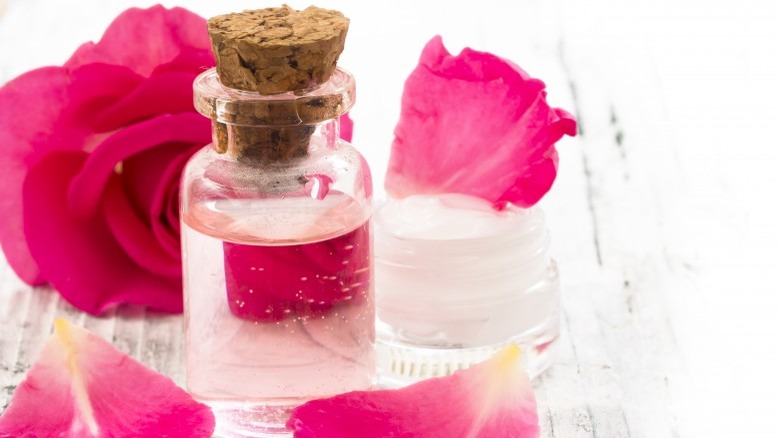
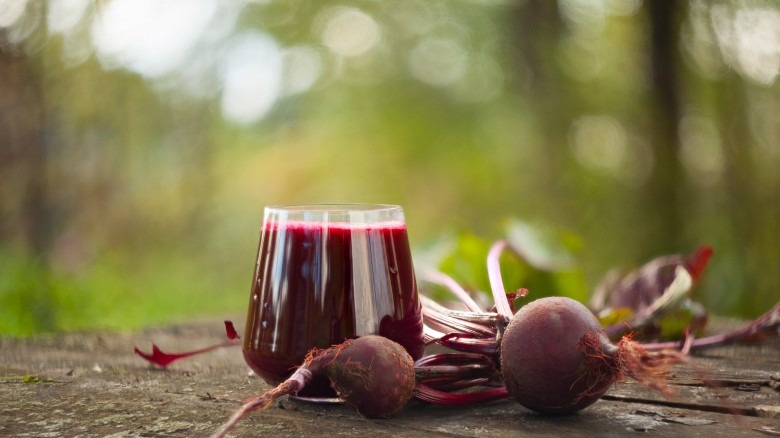
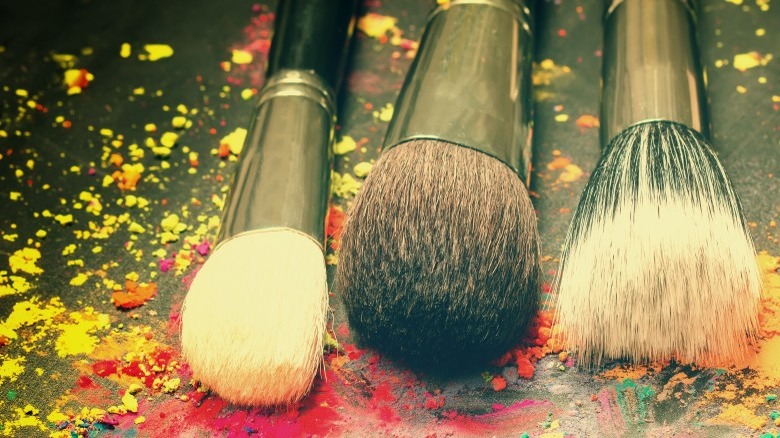
0 Response to "What Was The Purpose For Wearing Makeup In The 1900's"
Post a Comment